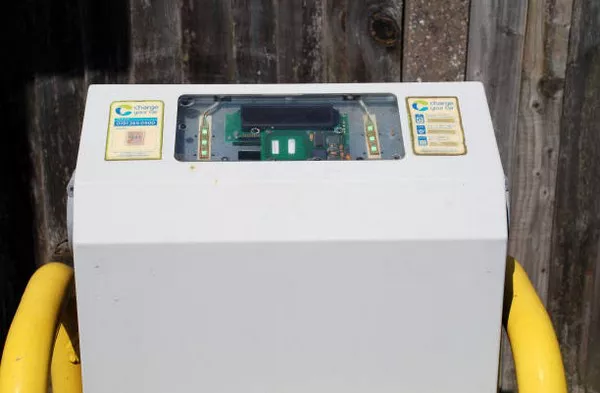In today’s world, reliable power generation is a necessity for both residential and commercial settings. Generac generators have emerged as a popular choice for providing backup power during outages or in areas where access to the main power grid is limited. Understanding how these generators derive their power is crucial for ensuring their efficient operation and maintenance.
Generac Generators and Their Power Sources:
Generac generators are known for their versatility, reliability, and ease of use. They are available in various sizes and configurations to suit different power needs, ranging from portable units for residential use to larger standby generators for commercial and industrial applications.
These generators utilize different power sources depending on their type and model. The most common power sources for Generac generators include:
Natural Gas or Propane: Many Generac generators are designed to run on natural gas or propane. These fuels are readily available and offer a convenient and continuous supply of power. Generac generators equipped with natural gas or propane engines typically connect to existing gas lines or propane tanks, ensuring uninterrupted operation during power outages.
Diesel: Some Generac generators are powered by diesel engines. Diesel generators are preferred in applications where a higher power output is required or where natural gas or propane may not be readily available. Diesel generators offer excellent fuel efficiency and can provide reliable power for extended periods.
Bi-Fuel: Generac also offers bi-fuel generators that can run on a combination of natural gas and diesel. These generators provide the flexibility to switch between fuels based on availability or cost, ensuring uninterrupted power supply in various conditions.
Solar and Battery Integration: In addition to traditional fuel-based generators, Generac offers hybrid solutions that integrate solar panels and battery storage with backup generators. These systems harness solar energy during normal operation, store excess energy in batteries, and automatically switch to generator power during outages or when solar energy is insufficient.
Grid Connection (Parallel Operation): Certain Generac generators are designed to operate in parallel with the main power grid. These generators are commonly used in commercial and industrial settings to provide backup power and support the grid during peak demand periods. They automatically synchronize with the grid and seamlessly switch to generator power during outages or when grid power is unstable.
How Generac Generators Generate Power:
Regardless of the power source, Generac generators operate on the principle of converting mechanical energy into electrical energy. The process involves several key components:
Engine:
The heart of a Generac generator is its internal combustion engine, which is responsible for converting fuel into mechanical energy. Depending on the generator’s power source, the engine may run on natural gas, propane, diesel, or a combination of fuels.
Alternator (Generator Head):
The alternator, also known as the generator head, is connected to the engine and converts the mechanical energy produced by the engine into electrical energy. It consists of a rotor (rotating component) and a stator (stationary component) equipped with wire windings. As the rotor spins within the stator, an electromagnetic field is generated, inducing an electrical current in the wire windings.
Voltage Regulator:
Generac generators are equipped with voltage regulators to maintain a stable output voltage. The voltage regulator monitors the electrical output of the generator and adjusts the excitation current to the rotor to ensure that the output voltage remains within acceptable limits.
Control Panel:
The control panel houses the generator’s electrical controls and monitoring systems. It allows users to start and stop the generator, monitor operating parameters such as voltage and frequency, and configure settings for automatic operation during outages.
Transfer Switch (Optional):
In standby generator installations, an automatic transfer switch (ATS) is used to automatically transfer electrical loads between the main power grid and the generator during outages. The transfer switch detects a loss of grid power and signals the generator to start and connect to the electrical system, providing seamless backup power to connected loads.
Maintenance and Care:
To ensure reliable operation and longevity, Generac generators require regular maintenance and care. This includes:
- Scheduled maintenance tasks such as oil changes, filter replacements, and spark plug inspections.
- Regular testing of the generator’s operation, including manual and automatic start tests.
- Inspections of fuel lines, connections, and exhaust systems for leaks or damage.
- Keeping the generator and surrounding area clean and free of debris to prevent overheating and airflow restrictions.
See Also How Much Is A Honda Generator? A Comprehensive Guide
Conclusion:
Generac generators are an essential investment for ensuring reliable backup power in residential, commercial, and industrial settings. Understanding the power sources and operation of these generators is crucial for their proper installation, maintenance, and use. Whether powered by natural gas, propane, diesel, or hybrid solutions, Generac generators provide a dependable source of backup power when it’s needed most.
By comprehending how Generac generators generate power and implementing proper maintenance practices, users can ensure the continued reliability and performance of these critical backup power solutions.

